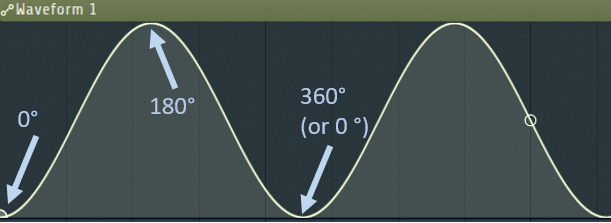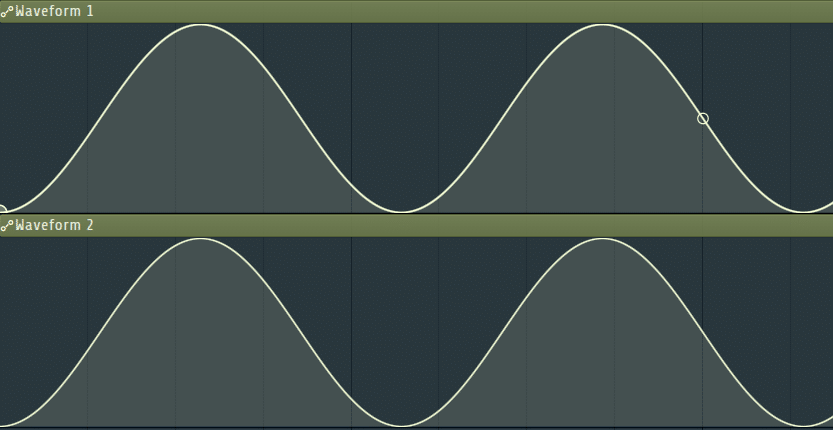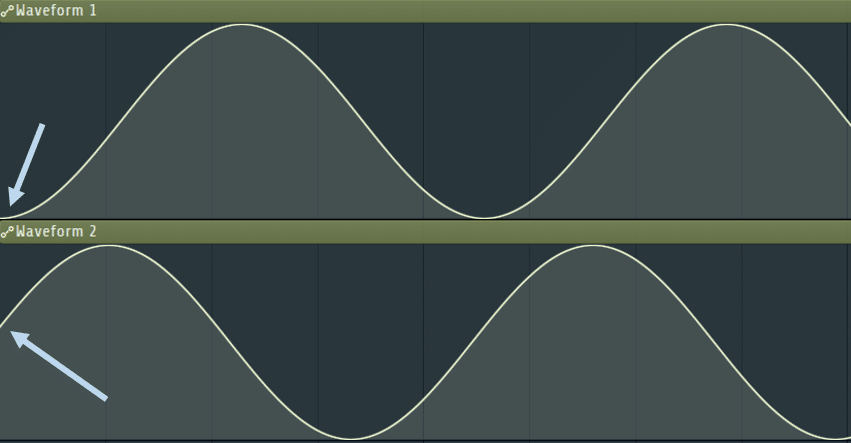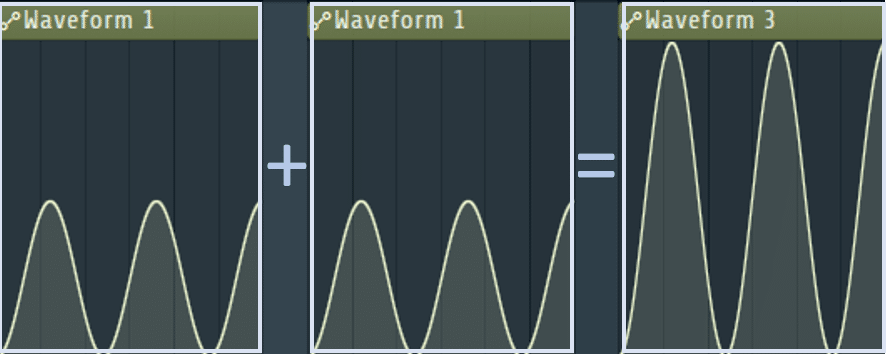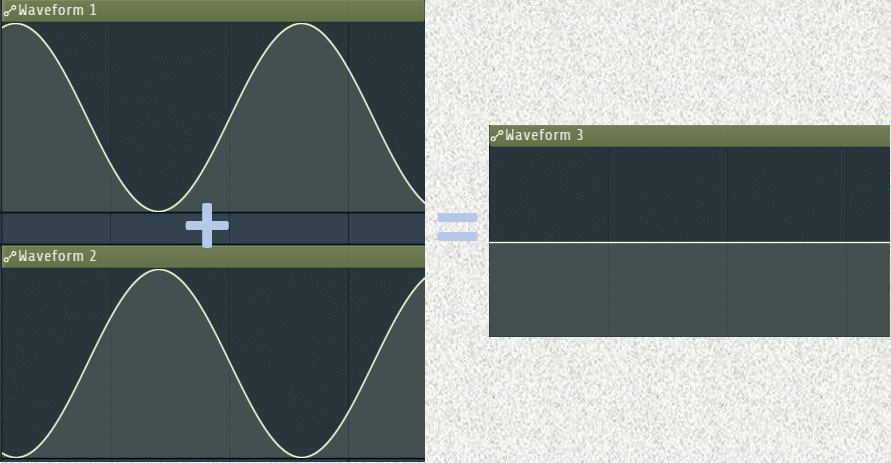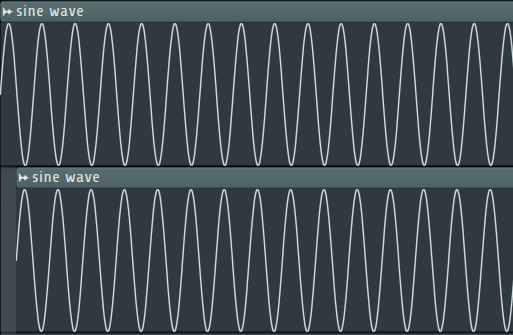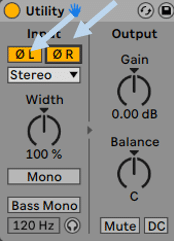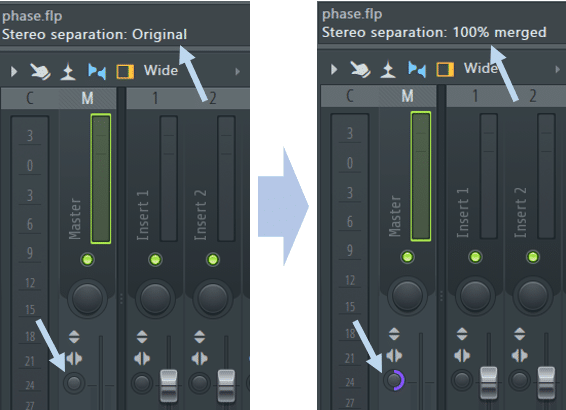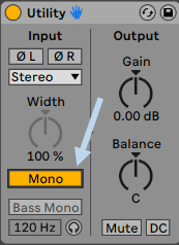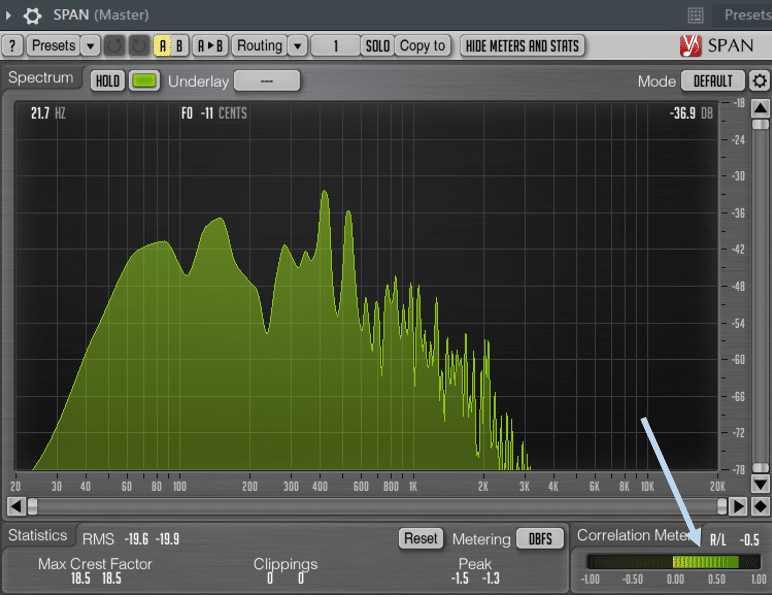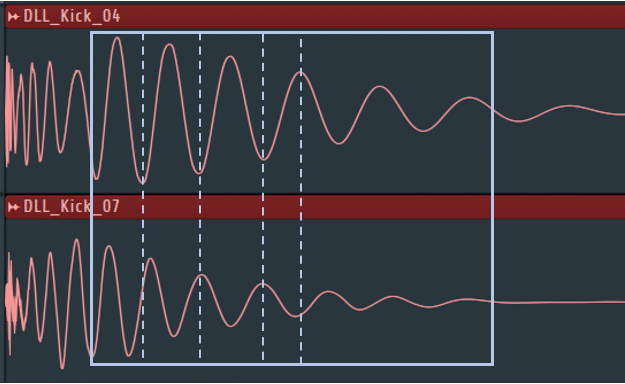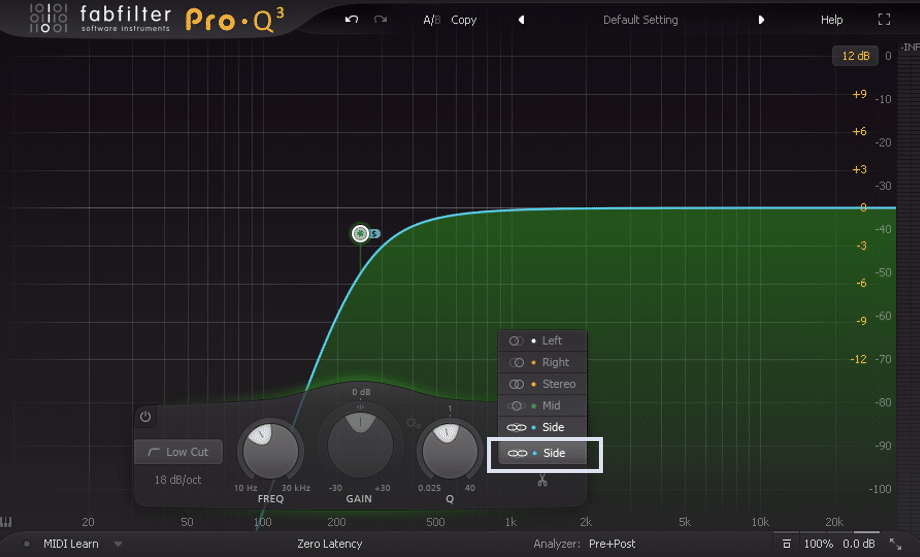Phase cancellation is a problem every producer will run into someday.
You may have phasing issues in your music and not even realize it.
It’s more subtle than “too much reverb” or “not enough bass”. It can be hard to hear and even harder to fix (if you don’t know what you’re doing). And it can absolutely destroy your mixes.
In this article, we’ll go over a simple explanation of what phase cancellation is. I’ll explain why it matters, how to detect it, and how to easily fix it.
Let’s go! 👇
Simplify your mixing with our Free EQ Cheat Sheet 🎛️
Get our one-page guide containing everything you need to know about frequency ranges, curve types, and more (without the useless information) 👇
Table of contents
What Is Phase Cancellation?
First, let’s define what phase is. You’ll see, it’s really quite simple:
The phase of a periodic function F of some real variable “t” (such as time) is an angle-like quantity representing the fraction of the cycle covered up to “t” (Source: Wikipedia).
Wait what? I actually have no idea what that means. And unless you have a Ph.D. in Physics, you probably don’t either. So I’ll explain it the simple way.
You can think of phase as the starting point in a waveform:
- 0° marks the beginning of the waveform
- 180° is the halfway point
- 360° is the end of the waveform
Note: I’m taking some liberties with the actual physical definitions here. Any actual Physics Ph.D. please don’t get angry.
In Phase or Out of Phase?
So what do we mean when we say that waveforms are “out of phase”?
When two waveforms with identical frequencies begin at the same time, they are in phase:
However, if their starting point is different, they begin to get out of phase:
This movement is known as a ‘phase shift’.
As waveforms get increasingly out of phase, we start talking about “phase cancellation”.
Why Is Phase Cancellation A Problem?
But why is this an issue?
As waveforms play together, their amplitudes add up. Layer the same sound twice, and you’ll perceive it twice as loud:
The amplitudes will then tend to cancel out, leading to phase cancellation:
How does this translate for our ears? The sound simply disappears!
Here’s proof. First I’ll play you a single waveform:
Now, let’s play the exact same sine wave twice, but with the second one starting slightly later:
Want to check this for yourself? Simply flip the polarity of any sound in your DAW!
This is called ‘destructive interference’. And it can be responsible for many weak mixes.
How To Switch Polarity
In this case, you can consider phase and polarity as similar concepts. Polarity lets you invert your waveform upside down, making it perfectly out of phase with the original waveform.
In FL Studio, you can do this by hitting the “Switch Polarity” knob in the Mixer:
In Ableton Live, you can use the Utility stock plugin. Simply switch the phase of both sides of the stereo signal:
Now, you can see why this becomes an issue in your tracks.
In any given track, hundreds of different waveforms are playing at the same time. What if two of them happen to be out of phase? This would lead to the destruction of part of the sound!
Let’s find out if you have any phase cancellation issues in your mix 👇
How To Detect Phase Cancellation?
As we learned, phase cancellation happens when two similar waveforms overlap. If they are slightly delayed from one another, phase cancellation starts to happen.
This can be hard to hear if you are mixing on headphones or near-field monitors.
Why? Waveforms travel through the air before reaching your ears. With headphones, the sound is going straight from the laptop to your ears. This means the waveforms don’t have time to overlap and cancel each other out!
Same thing with monitors:
Are the speakers close to your ears? Then the sound from each speaker doesn’t have time to mix before reaching your ears.
But play the same track in a club… Stand 50 feet from the speakers and you’ll hear the phase cancellation. Every DJ’s worst nightmare!
Let’s go over a few ways to detect phase cancellation.
Play Back Your Tune on Stereo Speakers
Got a pair of stereo speakers in your living room? Play your tune, and listen to each element from a distance. Is the bass feeling thin? Have the pads disappeared?
These are all indications of potential phase cancellation issues in your mix.
Mix in Mono
You’ve probably heard that phrase before. “Mix in mono!” or “Always check your tune in mono!”. What do people mean by it?
Essentially, you want to “force” all the waveforms of your mix to overlap. Instead of playing in stereo, you are “collapsing” everything on top of each other. Any phase cancellation issues between the left and right sides will then become very apparent.
This is why we talk about “collapsing to mono” or “merging to mono”. In FL Studio, you can do this either on the Master Bus or any individual mixer track:
In Ableton Live, simply put a Utility plugin on the master, and enable “Mono”. You can also collapse only the low frequencies by enabling “Bass Mono”:
Recommended: Mono vs Stereo
Use Dedicated Plugins to Detect Phase Cancellation
There are many plugins that will alert you to phase issues. SPAN is a brilliant free spectrum analyzer that we can’t recommend enough.
At the bottom right-hand corner, a stereo correlation meter alerts you to potential phasing issues:
A reading of 1.00 indicates a sound that is perfectly in phase. This means it will sound great in mono. But a reading of -1.00 means your waveforms are 100% out of phase.
So you generally want to aim for something as close to 1.00 as possible. Staying around an average of 0.75 is a good rule of thumb, as the mix can change over time. So start by putting SPAN on every Bus channel you have (Drum Bus, Pads bus, Vocals bus…) and check for issues.
Certain elements like pads will have less correlation, but as long as it stays mostly above 0, you’re good. Drums and bass will be closer to 1.00.
So let’s see how to get there!
How To Fix Phase Cancellation?
So you’ve found some clear phase cancellation issues in your mix. Now how do you go about fixing them?
Zoom In on Your Audio
The earlier you solve your problems, the better. Your kick is feeling weak? Or maybe SPAN told you there were some issues in the drums?
Render to audio and zoom in. The issue might be coming from the layers you have:
In the above example, I have 2 layered kicks. I’ve highlighted some phasing issues in the decay of the kick.
Sometimes, slightly shifting one sample left or right can solve your phase cancellation.
Flip that Polarity!
As explained earlier, flipping the polarity will make all the “high peaks low” and the “low peaks high”. This can potentially solve your phasing issues.
Got a snare made of 4 different layers, but still feeling weak? Try flipping the polarity of different layers and see if the punch comes back.
Tune and Detune Your Samples
Phase cancellation happens when waveforms are too similar, therefore canceling each other out. Detuning an instrument is a quick way to change its timbre, thereby reducing phasing issues with similar sounds.
Try to detune any sample or layer that is causing issues by a few cents – that might be all you need!
This technique is also called pitch-shifting and can change your waveform just enough to eliminate issues.
Get Rid of the Sides in your Bass!
We usually say that anything under 200 Hz should be fully mono. The human ear generally can’t hear the direction of bass. Try it in your car: you can tell where a specific high-hat is coming from in the mix. But you will feel the bass rather than hear where it’s coming from.
This means that anything under (roughly) 200 Hz should only contain mid and no side information.
You can think of the mid-channel as everything playing “in the center”. The side channel contains all the information only present in either left or right speakers.
So how do you preserve only the mid (or mono) signal of your low frequencies? Most EQ plugins will let you carve frequencies for either the entire stereo signal or just the mid/side channels:
You could also use a frequency splitter. In Ableton Live, simply open the Utility plugin, enable Bass Mono and select your frequency threshold.
Simplify your mixing with our Free EQ Cheat Sheet 🎛️
Get our one-page guide containing everything you need to know about frequency ranges, curve types, and more (without the useless information) 👇
Be Careful With Stereo Widening Plugins!
We all love a good stereo image. Heck, I even wrote an entire article on it. But abusing artificial stereo imaging can completely destroy your mix when heard in mono.
Sure, it will sound great and wide in your headphones. But make sure to switch to mono during the process. This way, you’ll avoid any phase cancellation issues later down the line!
Recommended: A Roundup of the 51 Best Free VST Plugins
Last Words
Phase cancellation is a tricky concept that takes time to master.
If you want to take this concept further, check out Aden’s video on stereo imaging and phase cancellation.
Checking for stereo correlation and mixing in mono aren’t the most fun things to do for sure.
But they will ensure your tracks punch loud a clear on any sound system! 😉
Did I miss anything? Feel free to reach out to me at [email protected]
New to music production? 🧑💻
Watch our Free Masterclass on how to learn electronic music production the smart way (without months of confusion & frustration) 👇


